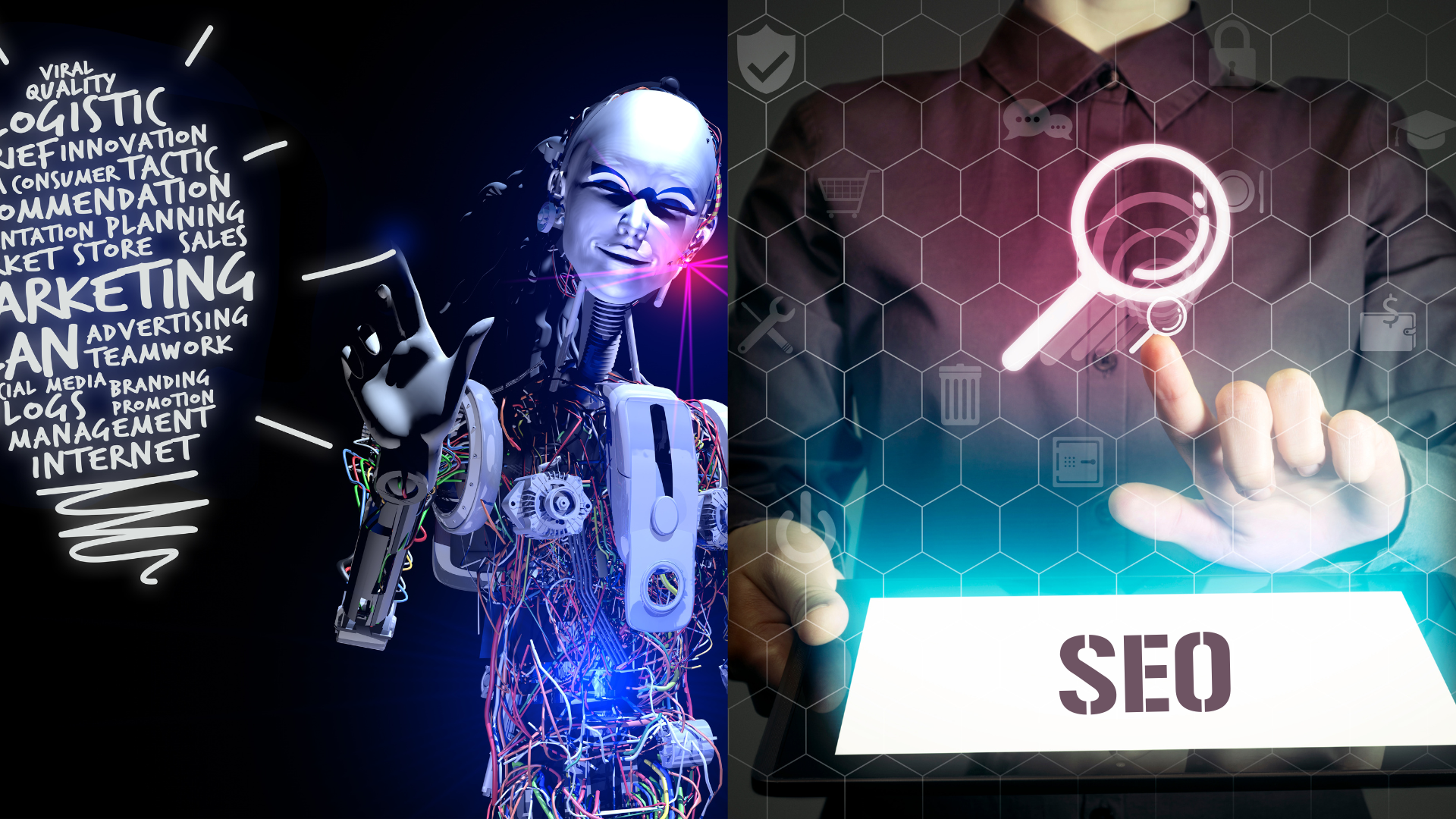Navigating the Digital Divide: SEO vs. AI in Today's Marketing Strategies
Navigating the Digital Divide: SEO vs. AI in Today's Marketing Strategies

Understanding the Key Differences Between Search Engine Results and AI-Generated Responses, and Their Marketing Implications
In the dynamic landscape of digital information, search engines and artificial intelligence (AI) have become central to how we discover, interpret, and utilize information. For marketers trying to navigate this digital terrain, understanding the nuances between search engine results and AI-generated responses is crucial. Each method has its own unique capabilities, use-cases, and implications for digital marketing strategies. Here’s an insightful exploration of their key differences and what these mean for the world of marketing.
Search Engine Results: Understanding Traditional Search
Search engines like Google, Bing, or Yahoo have been the cornerstone of internet navigation for decades. Here’s how they operate and impact marketing:
1. Keyword-Based Retrieval
Search engines use keywords to crawl, index, and rank web pages. SEO (Search Engine Optimisation) strategies focus on these keywords to enhance visibility and drive traffic.
2. User Intent and SEO
Search engines are evolving to recognize user intent and provide results that best match this intent, moving beyond simple keyword matching. This makes SEO more complex and nuanced.
3. Paid Advertisements
Search engines offer paid advertising options (e.g., Google Ads), where businesses can pay to have their links shown at the top of search results for specific keywords, ensuring high visibility.
Implications for Marketers:
SEO Mastery: Mastering SEO remains a critical skill, requiring deep understanding of keyword research, content creation, and link building.
Content Relevance: Creating relevant, high-quality content that aligns with user intent can boost organic rankings.
Ads Strategy: Effective use of paid ads on search engines can significantly increase traffic and conversions.
AI-Generated Responses: The New Frontier
AI-driven platforms like chatbots or virtual assistants (e.g., GPT models, Siri) represent a new way of information processing and interaction.
Here’s how AI changes the playing field:
1. Contextual Understanding
AI can understand and generate responses based on the context of queries, using vast datasets to provide accurate, tailored information.
2. Real-time Interaction
AI can engage users in real-time, providing immediate answers and support, an advantage in user satisfaction and engagement.
3. Learning and Adaptation
AI systems can learn from interactions and improve over time, offering more precise and helpful responses based on accumulated data.
Implications for Marketers:
Personalisation: AI allows for a higher degree of personalisation, critical in improving customer experience and loyalty.
Customer Service: AI can handle customer inquiries 24/7, reducing response times and operational costs.
Data Insights: The interactions captured by AI can provide valuable insights into customer preferences and behaviour, aiding in targeted marketing efforts.
Comparing the Two
While search engines rely on static information and historical data, AI-generated responses are dynamic, learning from each interaction to improve future responses.
Here’s what this means for marketing:
Engagement vs. Information: Search engines are about guiding users to the right information, while AI is about engaging them in meaningful interactions.
Direct vs. Indirect Influence: SEO strategies aim to influence indirectly by aligning with search algorithms. In contrast, AI can directly influence users by providing personalised experiences and suggestions.
Conclusion
Understanding the distinct characteristics and advantages of both search engines and AI-generated responses enables marketers to craft more nuanced and effective marketing strategies. By leveraging the massive potential of SEO and embracing the personalised engagement offered by AI, marketers can navigate the complexities of the digital age more successfully, ensuring both reach and relevance in their campaigns.
Adapting to these technologies is not just about keeping up; it’s about staying ahead, ensuring that marketing efforts are as effective, responsive, and innovative as the technologies themselves.










